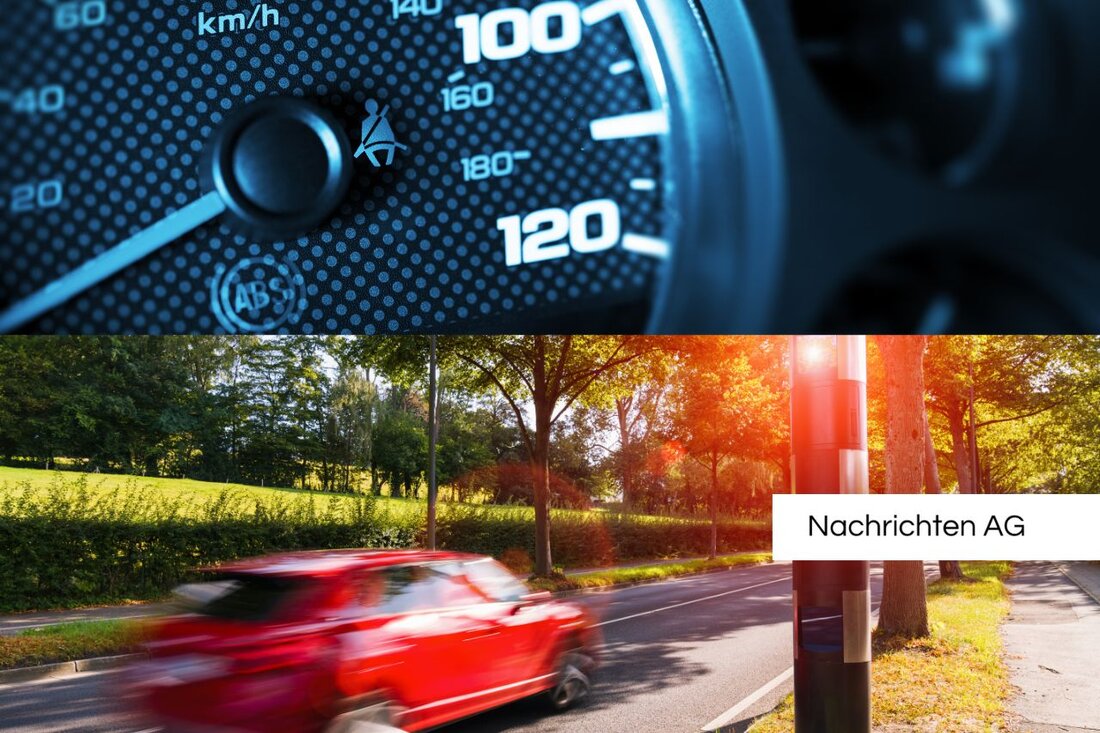Speed cameras in Osnabrück: Where maximum caution is required today!
On July 11, 2025, Osnabrück will provide information about traffic safety: speed cameras, speed controls and the importance of speed limits.

Speed cameras in Osnabrück: Where maximum caution is required today!
Road safety is a hot topic in Osnabrück, and rightly so. Today, July 11, 2025, HASEPOST urgently reminds road users of their responsibility in road traffic. Cautious and conscious driving cannot be overemphasized, as compliance with speed limits is crucial to avoid dangerous situations and accidents. Speeding is not only a criminal offense, it also endangers the lives of other road users. This means that careful driving becomes mandatory – not only for your own protection, but also for the well-being of everyone.
Our speed camera trailers in Osnabrück are particularly prepared to detect speeding at an early stage. These can be found on Pagenstecherstrasse and Wersener Strasse, among others. Sutthauser Straße also has an active mobile speed camera. But what about the speed limits themselves? To shed some light on the matter, here is a brief overview:
Focus on speed limits
According to a publication by Recht Aktuell, speed limits are essential for road safety. A maximum of 50 km/h is permitted in urban areas, while outside of town it can go up to 100 km/h. Motorways usually have no general limit, but the recommended speed limit is 130 km/h. These regulations not only protect pedestrians, but also help reduce serious traffic accidents and promote environmentally conscious driving.
Anyone who ignores the limits must expect legal consequences and possibly high fines. A look at the VUT study even shows that 56% of fine notices are incorrect, which underlines the importance of dealing with these regulations. Safety should be important to everyone!
Attention, observe speed limits!
An interesting regulation concerns the end of speed limits, as the ADAC explains in its guidelines. Did you know that they don't automatically end at the next intersection? Even without appropriate traffic signs, the speed limit will remain in place until the next lifting. This can be particularly important for drivers who are unfamiliar with the area, as they cannot be charged with an offense if they do not see a traffic sign after turning. The ADAC therefore calls for traffic signs to be repeated after junctions to improve traffic safety.
In addition, a lifting sign is necessary when the speed limit is lifted. A good example is speed limits in dangerous areas - these end as soon as the danger has passed, unless there is a corresponding cancellation sign. This knowledge can help more road users drive more carefully and considerately.
The current controls in Osnabrück and the never-ending warnings are a clear call to reason. Let's all make sure we drive responsibly to make our roads a little safer. Security is not just a personal matter, it affects us all.

 Suche
Suche
 Mein Konto
Mein Konto